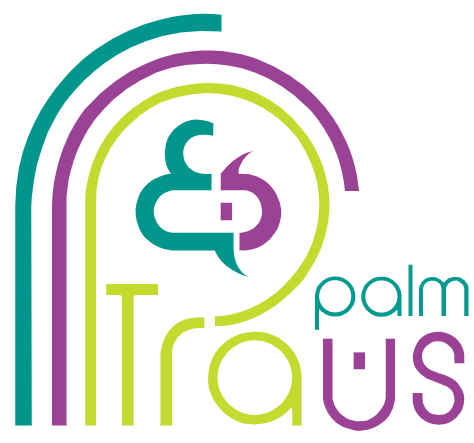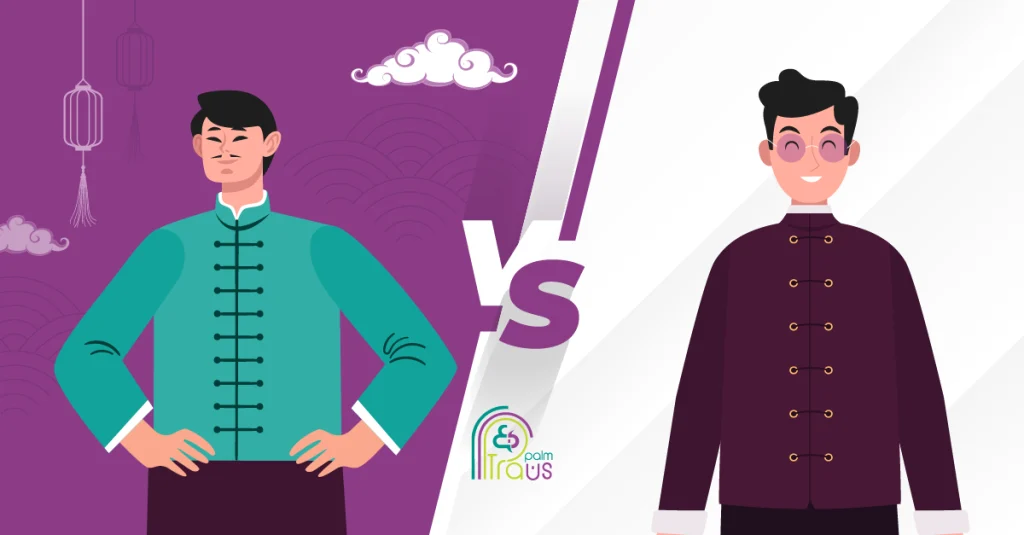Expanding into Chinese-speaking markets? One of the first challenges global businesses face is understanding traditional vs simplified Chinese, and choosing the right one for their audience.
This is a critical business decision that affects how your brand is perceived, how your message resonates, and ultimately, your success in one of the world’s most lucrative regions.
Let’s explore what makes these two scripts unique, which is the right choice for your business, and why it matters so much.
Enjoy reading!
Understanding the Basics: What Are Traditional and Simplified Chinese?
When we talk about traditional vs simplified Chinese, we are referring to two written forms of the Chinese language, not dialects or spoken variations.
1. Traditional Chinese
Used for centuries, Traditional Chinese preserves the original complexity of the characters. Each symbol carries layers of cultural and historical significance, with intricate strokes that require years to master.
2. Simplified Chinese
In contrast, Simplified Chinese emerged in the 1950s as part of literacy reforms in mainland China. Thousands of characters were modified to reduce stroke count and simplify structure, making reading and writing easier for the general population.
Both scripts are important to modern communication in Chinese-speaking regions, but they serve distinct audiences. Knowing which one to use is essential for cultural relevance and customer trust.
How the Chinese Script Reform Changed the Language
To understand the divide, let’s step back in time.
In the mid-20th century, mainland China undertook a massive script reform to address low literacy rates. The result was a streamlined system: over 2,000 characters simplified, with fewer strokes and less complexity.
Meanwhile, Taiwan, Hong Kong, and Macau chose not to adopt these changes. For them, Traditional Chinese wasn’t just a writing system, it was a cultural heritage. Preserving it became a point of pride and identity.
This cultural split influences how consumers react to your content today. A website in Simplified Chinese might feel efficient and modern to mainland audiences, but appear unsuitable in Hong Kong.
Stroke Count and Character Complexity: A Visual Comparison
Here is how the two scripts differ visually:
| Word | Traditional (繁體字) | Simplified (简体字) |
| Love | 愛 | 爱 |
| Dragon | 龍 | 龙 |
| Country | 國 | 国 |
| Fly | 飛 | 飞 |
| Horse | 馬 | 马 |
Notice how Simplified Chinese favors fewer strokes and streamlined designs. While this makes content easier to produce and read, the Traditional Chinese characters retain their ornamental complexity and cultural depth.
For businesses, these differences are about reader familiarity and emotional resonance.
Where Each Script Is Used and Why It Matters for Your Business
So, how do you choose wisely? Start with the following steps:
1. Define your target audience:
Mainland customers expect Simplified Chinese. Taiwan and Hong Kong demand Traditional Chinese.
2. Consider the content type:
Legal documents, marketing materials, and UX copy all require script-specific localization for credibility.
3. Work with specialists:
Chinese localization isn’t just about translating words—it’s about adapting your message to fit cultural and linguistic expectations.
At TransPalm, we provide expert Chinese translation services designed to deliver script-accurate, culturally sensitive content that truly connects with your audience.
Ready to connect with over 1.4 billion Chinese speakers?
At TransPalm, we are your strategic partner for success in Chinese-speaking markets. Whether you are entering mainland China’s booming e-commerce landscape or appealing to luxury consumers in Hong Kong, we ensure your content feels natural, relevant, and compelling.
- Native-speaking linguists: Our team consists of experts in both Traditional and Simplified Chinese, delivering translations that preserve meaning and cultural nuance.
- Market-focused strategies: We tailor your content for specific regions—mainland China, Taiwan, Hong Kong, and beyond—adapting your message to meet each market’s expectations.
- Cultural insight: With deep knowledge of local customs, we make sure your brand resonates with audiences and avoids cultural missteps.
- Uncompromising quality: Every project is subjected to rigorous quality checks, ensuring accuracy, consistency, and the highest level of impact.
Together, these strengths help you confidently engage Chinese-speaking audiences and drive success across diverse markets. Discover our professional translation services today.
Frequently Asked Questions
1. Can Chinese readers understand both Traditional vs Simplified Chinese?
Not always. While some can recognize both scripts, most readers are only fluent in the one used in their region. Localization ensures your content speaks their language—literally and culturally.
2. Is Simplified Chinese easier for business localization?
Not necessarily. It’s easier to write, but if your market is Taiwan or Hong Kong, using Simplified could hurt your brand’s image.
3. Should I use both scripts on my website?
If you serve audiences in both regions, yes. A professional localization team can create separate versions tailored to each script.
4. How does TransPalm ensure script accuracy?
We employ native-speaking translators with expertise in regional variations, backed by advanced QA tools and cultural consultants for flawless delivery.





